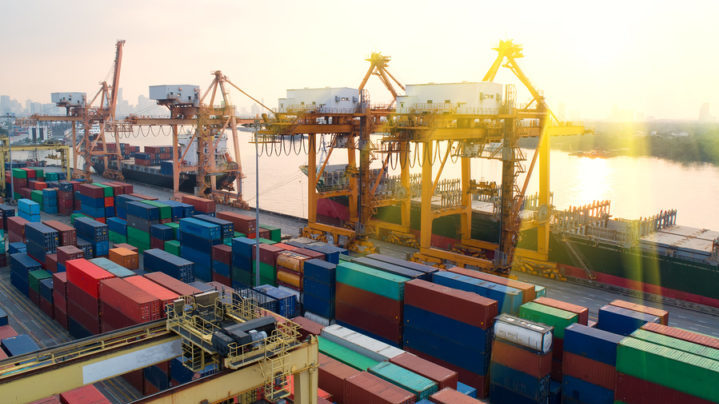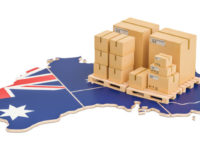For those of us working in the industry, it’s no secret that shipping and freight can act as a beacon for the entire economy.
Small ripples can soon become huge economic waves – and from a business perspective, it’s important that companies across all sectors keep an eye on trends and don’t take their eyes off the ball.
While it’s true that small businesses can face extra challenges around buying power, cashflow and ability to react quickly to market changes, maintaining strong relationships with key stakeholders within the supply chain – suppliers, freight forwarders and drivers, for example – will allow businesses to stay alert to emerging issues and potentially take action in a timely fashion.
The relative current stability being experienced within the shipping and freight sector has meant that a lot of the initiatives and attention have stalled, while priority is given to more pressing concerns.
However, all it would take is an unforeseen event, such as another canal blockage or a COVID-type situation, which is still a live problem around the world, for the problems of recent years to take another huge toll on the economy.
The current economic environment means small businesses are also looking for ways to reduce costs – including on shipping – however, I would urge those companies to continue to pay attention to particular trends to ensure they can stay ahead of the game:
- Availability and pressure on space: We’re seeing many businesses return to a just-in-time ordering model where the assumption is made that stock will be readily delivered, rather than a just-in-case model, which often carries extra expense such as warehousing. While it may be a cost-efficiency measure, small businesses should pay attention to signs of higher pressure on space and availability, to ensure the just-in-time strategy doesn’t backfire, especially in the lead up to peak times such as Christmas.
- Sailing Schedules: All modes of the supply chain are working productively, with of course the exception of blank sailings and spontaneous port congestion. Blank sailings are occurring with little notice and can affect planned departure dates.
- Volatility in exchange rates: I have rarely seen exchange rates as unpredictable as they are right now, which has huge influence over the value of imports and exports.
- Consumer demand: As Christmas approaches, consumer demand for shipping companies has lifted, which is usually reflective of overall consumer demand – however, consumer confidence remains mixed, and the demand is purely driven by the time of year.
- Pricing: An uptick in pricing in shipping rates is indicative of increased demand, which can create huge competition for space, lines, and access – flowing on to business as a whole. It’s worth noting that chasing lower ‘spot rates’ is not always the best strategy in the long term, as priority is given to contracted clients and you run the risk of your cargo being bumped off is demand increases and there is no longer enough room onboard.
Just because freight costs have gone down somewhat and the supply chain has returned to some level of normalcy, it’s important we don’t stop reading the signs and looking for warnings.
Similarly, it’s important that we ‘maintain the rage’ when it comes to improving support and structure in the shipping industry from an institutional point of view.
We have seen attention in that area drop off as well as things have stabilised – but the underlying concerns haven’t magically disappeared. And if the shipping industry begins sending the wider economy warning signals again, it’s incredibly important that small businesses are able to take heed of them.












